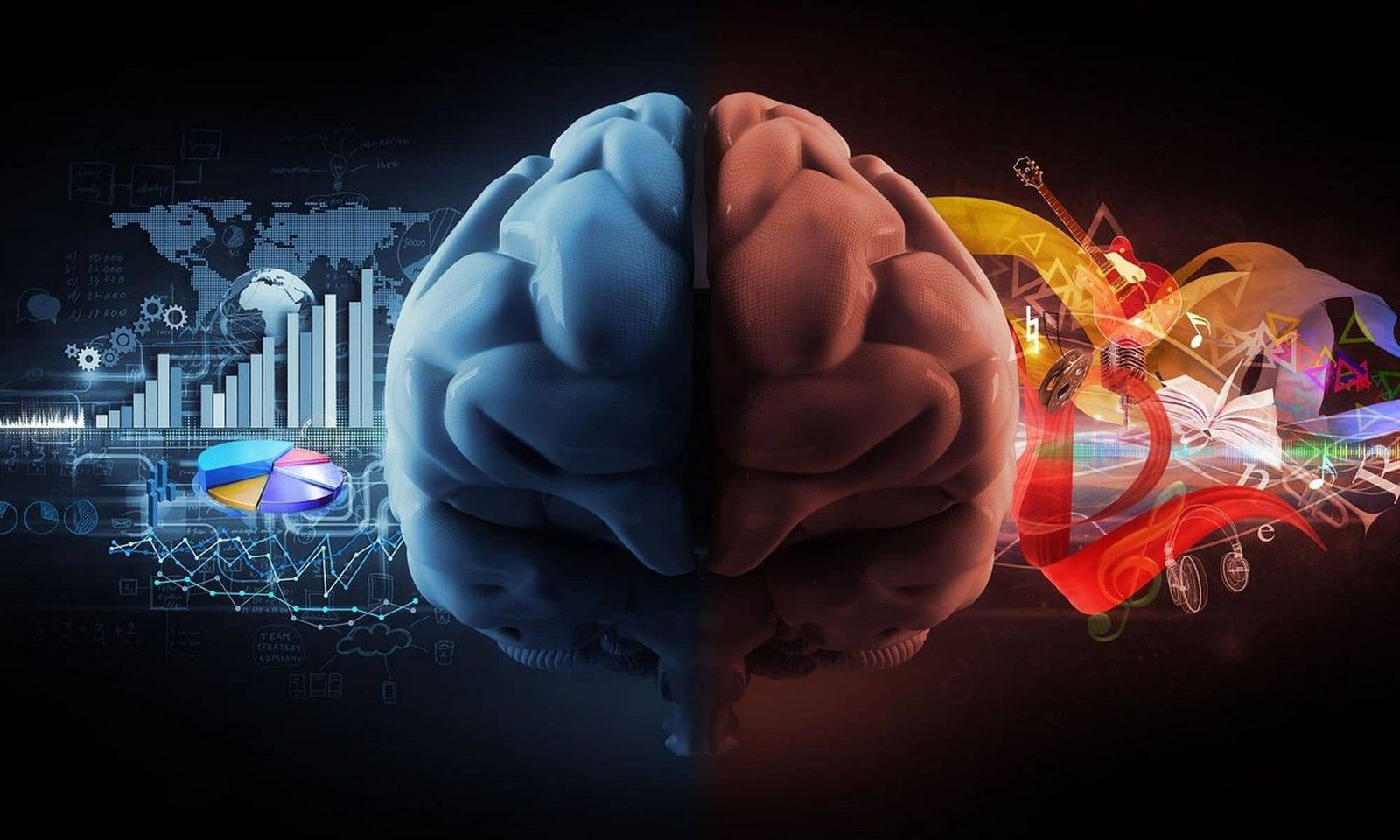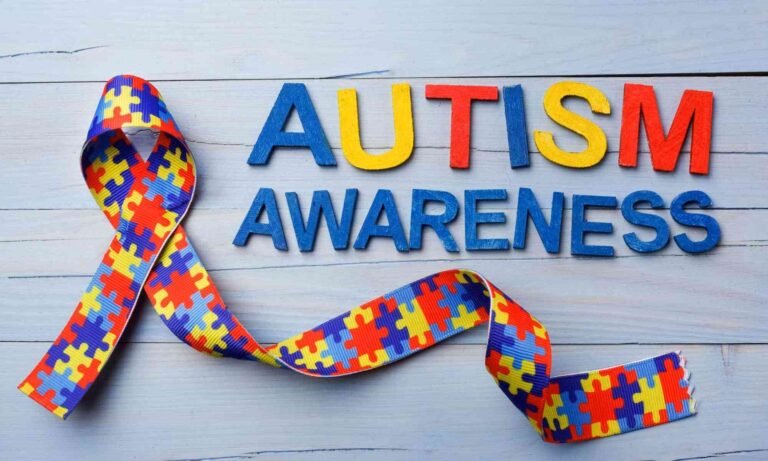Neurodiversity refers to the concept that neurological differences, including autism, ADHD (Attention Deficit Hyperactivity Disorder), dyslexia and other cognitive variations, should be recognized and respected as natural forms of human diversity rather than being categorized strictly as disorders. This perspective emerged in the late 1990s, propelled by movements advocating for the rights and recognition of individuals with different neurological makeups. By framing these variations as part of the spectrum of human experience, neurodiversity challenges the traditional medical model that often views such differences through a deficit lens.
The significance of neurodiversity lies in its potential to reshape societal perceptions and policies towards individuals affected by these conditions. Adopting a neurodiverse perspective encourages communities to embrace differences and adapt environments accordingly, rather than focusing on “fixing” these individuals. This shift not only fosters greater acceptance but also promotes inclusive practices that can significantly improve the quality of life for neurodivergent individuals. Acknowledging that each brain processes information uniquely paves the way for educational adjustments and workplace accommodations designed to harness individual strengths.
Furthermore, the neurodiversity paradigm emphasizes the value of various cognitive styles within society. Diverse neurological profiles can contribute to creativity, innovation, and problem-solving, offering society a broader spectrum of thought and perspective. These differences often reveal unconventional approaches that challenge standard models and unlock new possibilities. As we continue to recognize and validate different neurological experiences, there is a growing understanding that diversity extends beyond visible traits and responsibilities. Through advocacy, awareness, and education, embracing neurodiversity has the potential to dismantle stigma and promote a culture of understanding, ultimately benefiting everyone.
| Neurodiversity Type | Core Characteristics | Common Challenges |
|---|---|---|
| Autism Spectrum Disorder | Differences in social interaction, communication, sensory processing, and routines | Social cues, sensory overload, change resistance |
| ADHD | Inattention, hyperactivity, impulsivity | Focus, time management, emotional regulation |
| Dyslexia | Difficulty with reading, spelling, and phonological processing | Literacy skills, academic performance |
| Dyscalculia | Difficulty with numbers, arithmetic, and math concepts | Math anxiety, number sense |
| Dyspraxia | Motor coordination issues affecting movement and planning | Handwriting, balance, fine motor skills |
| Tourette’s Syndrome | Involuntary tics – motor and vocal | Social stigma, concentration |
| Obsessive-Compulsive Disorder (OCD) | Repetitive thoughts and behaviors aimed at reducing anxiety | Intrusive thoughts, ritualistic behavior |
| Down Syndrome | Genetic condition with intellectual and developmental delays | Learning, speech, independence |
| Sensory Processing Disorder | Atypical responses to sensory input (over- or under-sensitive) | Clothing, noise, food textures |
| Nonverbal Learning Disorder | Strong verbal skills but difficulty with nonverbal cues and spatial awareness | Social perception, coordination |
The Benefits of Embracing Neurodiversity
Embracing neurodiversity offers a myriad of benefits that significantly enhance various settings, especially workplaces, educational institutions, and social environments. Recognizing the value of diverse cognitive experiences brings to light the unique perspectives that neurodivergent individuals offer. Their alternative ways of thinking can lead to innovative approaches in problem-solving that challenge conventional methodologies. This fresh outlook is essential in a rapidly changing world where creativity and adaptability are paramount.
Elisabeth Wiklander, Cellist with the London Philharmonic Orchestra (LPO)
Neurodiverse teams often outperform homogeneous ones by approaching problems from varied cognitive angles. Individuals with strengths in pattern recognition, memory retention, and analytical reasoning can drive efficiency and spark breakthrough ideas that conventional approaches might overlook. When workplaces foster inclusive environments – through tailored support, flexible structures, and psychological safety – neurodivergent employees are more likely to thrive. This leads not only to higher job satisfaction and reduced turnover but also to a culture of innovation grounded in cognitive diversity. Inclusion becomes a strategic asset, not just a moral imperative.
Educational institutions and communities that embrace neurodiversity cultivate empathy, resilience, and long-term social cohesion. Recognizing diverse learning styles and providing differentiated support allows all students to reach their potential while fostering mutual understanding among peers. As neurodivergent learners gain confidence, their unique perspectives enrich classroom dynamics and challenge normative assumptions. Extending this mindset into broader society promotes acceptance and values every voice, creating a cultural landscape better equipped to solve complex challenges. Neurodiversity, when embraced holistically, becomes a catalyst for systemic improvement across sectors.
Challenges Faced by Neurodivergent Individuals
Neurodivergent individuals often encounter a myriad of challenges in a society predominantly structured around neurotypical norms. These challenges manifest in various environments, including social settings, workplaces, and educational institutions, directly impacting their quality of life and mental well-being.
- One significant hurdle is the social stigma associated with neurodivergence. Many neurodivergent individuals face misconceptions about their capabilities and behaviors, leading to social isolation and exclusion from community activities. The lack of understanding can exacerbate feelings of alienation, which may further hinder their social interactions and support networks. This stigma often discourages open conversations about neurodiversity, perpetuating misconceptions and biases.
- In the workplace, neurodivergent individuals frequently experience barriers that can interfere with their professional growth. Traditional work environments may not accommodate different cognitive processing styles, rendering it challenging for these individuals to succeed. Issues such as sensory overload, rigid scheduling, and insufficient support systems can impede their performance and productivity. Moreover, discrimination and biases in hiring practices may limit opportunities for neurodivergent candidates, often leading to underemployment or job loss.
- Educational settings also present unique challenges for neurodivergent students. Many teaching methodologies and assessment techniques may not align with their learning styles, resulting in a lack of engagement and participation in class discussions. Furthermore, the rigid structure of traditional classrooms can be especially difficult for those with conditions such as ADHD or autism, who may thrive in more flexible learning environments. Despite the existence of special education resources, many schools fall short in creating an inclusive curriculum, exacerbating educational inequities.
Understanding these challenges underscores the need for increased awareness and advocacy for neurodivergent individuals. Addressing the stigma, advocating for inclusive workplace practices, and promoting adaptive educational strategies are essential steps toward fostering a society that embraces cognitive diversity.
How to Support Neurodiversity in Society
Supporting neurodiversity within society requires a multifaceted approach that engages individuals, communities, and organizations alike. Education plays a crucial role in this process. Increasing awareness about the spectrum of neurodiversity – encompassing conditions such as autism, ADHD, and dyslexia – can help reduce stigma and foster a culture of acceptance. Educational programs aimed at demystifying neurodivergent experiences can empower both neurodiverse individuals and their peers, encouraging understanding and empathy in schools and workplaces.
Advocating for inclusive practices across different domains is another critical strategy. Workplaces, for example, can implement tailored recruitment processes that accommodate diverse cognitive styles, thereby providing equal opportunities for neurodiverse candidates. This includes job descriptions that emphasize necessary skills rather than standardized qualifications, which may not reflect a neurodivergent person’s capabilities. Organizations can also cultivate a more inclusive atmosphere by recognizing diverse communication styles and allowing flexible work arrangements such as quiet workspaces or remote options.
Creating environments where neurodiverse individuals can thrive involves not only accommodating their needs but also celebrating their unique contributions. Communities can promote neurodiversity by hosting events that highlight the talents of neurodiverse individuals, from art exhibitions to public speaking. Fostering social inclusion through structured programs can provide neurodivergent individuals with a sense of belonging and purpose. By encouraging collaboration between neurodiverse and neurotypical individuals, we can create richer communities that value every member’s contributions.
What’s More
The posts in My Blog feature reflective, story-driven pieces rooted in personal and societal insights.
The topics in My Interests explore abstract, philosophical ideas and their cultural and societal impact.

















